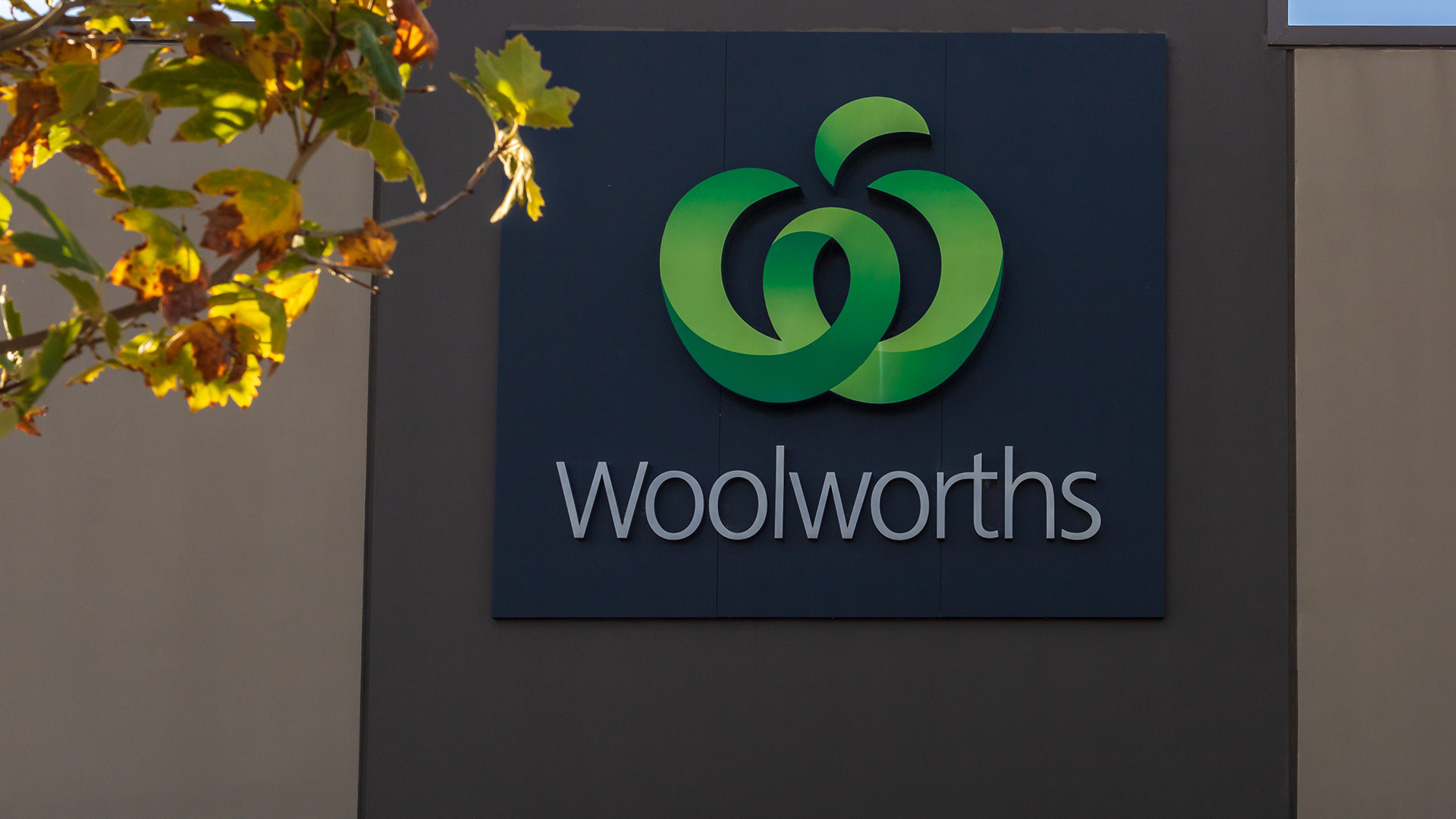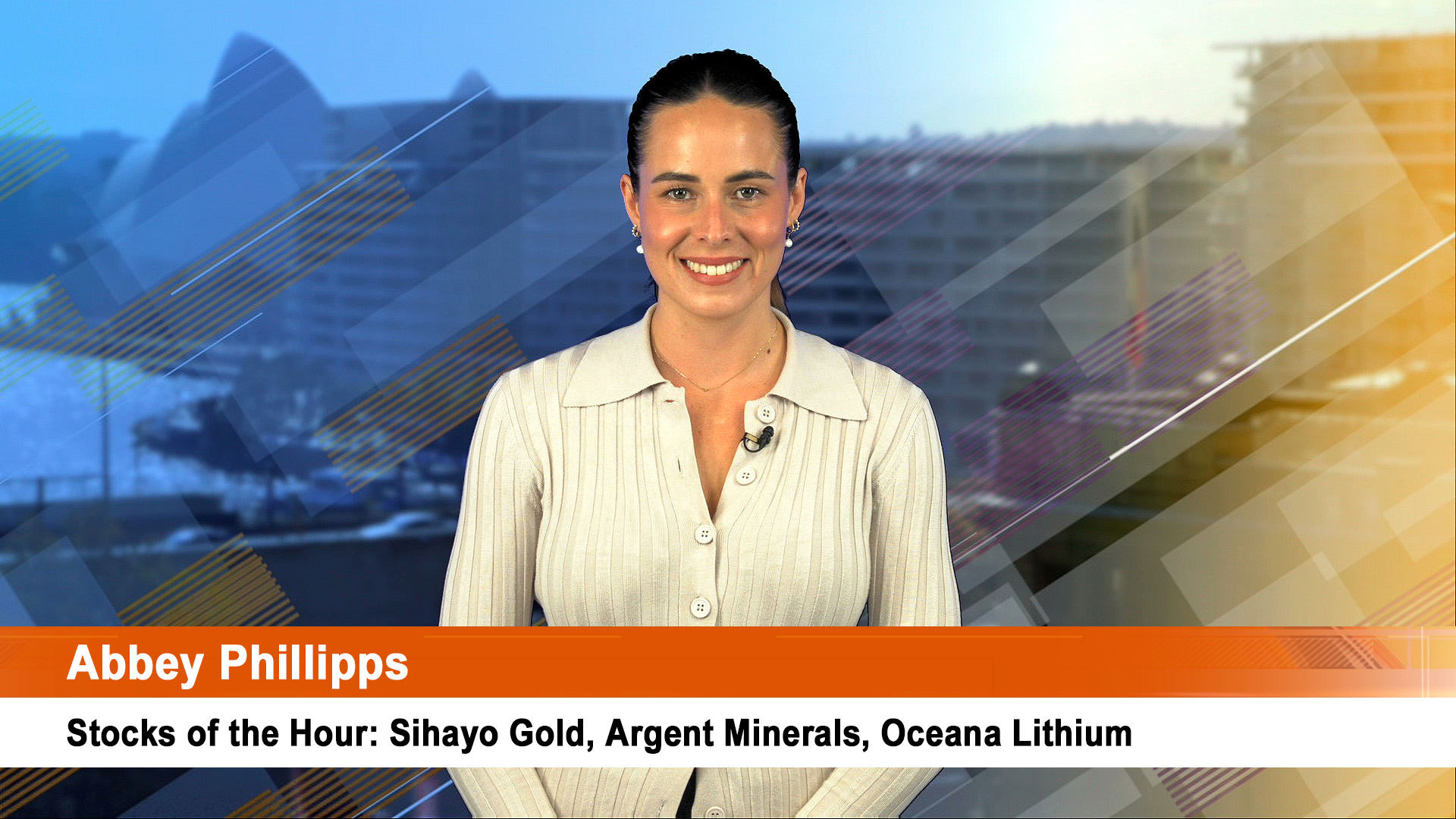Another week where markets worried about events in Ukraine, Iraq and sliding economic growth in Europe and fell, but steadied and managed to end mostly higher in late trading in New York on Saturday morning, our time.
Not even reports on Friday of firing by Ukraine at a claimed Russian military convoy could knock markets completely for six – well, except bond markets where the US 10 year security ended at 2.4%, another 14 month low, and the German 10 year bund fell below 1% and closed at 0.95%, the lowest close for centuries.
Currencies were mixed, the US dollar eased, the euro edged higher as did the yen, while the Aussie dollar ended on 93.22 USc.
Gold and oil futures prices eased over the week, which was odd given the tensions in the Middle East and Libya, which are major oil producers. But they had stronger Friday trading, especially in the US.
Helping buoy market confidence was the soft economic data in China, Japan and Europe (the data from the US, especially industrial production, was very solid) which again highlighted the likely continuation of the easy global monetary conditions from central banks, such as the Fed, the ECB and the Bank of Japan.
The Australian share market was supported by good profit results, and more is in store this week with a host of big companies to report and a 10 point rise in the futures market.
US and European shares rose 1.2%, Japanese shares gained 3.7%, Chinese shares rose 1.5% and the Australian share market rose 2.4%.
Bond yields fell, with the German bond yields falling 10 basis points to just 0.95% and Eurozone peripheral country bond (Portugal, Greece, etc) yields falling even more sharply.
In New York, shares ended the week on a mixed note on Friday.
Early losses on news of that clash between Ukrainian and Russian military units on Ukraine soil eased as trading went on during the day and the amount of red ink visible in share prices was reduced.
As a result, major indexes posted weekly gains despite the late flight out of riskier assets into treasury bonds, which followed similar moves in Germany, London and France.
Amid all this action, Ireland’s credit rating was boosted to an A reading by the Fitch Ratings group.
The S&P 500 index fell less than 0.1%, to end at 1,955.06 on Friday night, our time, leaving the index with a 1.2% weekly gain.
The Dow recovered from triple-digit loss in early trading to end the day down 50.67 points, or 0.3%, at 16,662.91, making for a weekly rise of 0.7%.
And the Nasdaq Composite rose 0.3% to 4,464.93 and ended the week up a solid 2.2%.
The 10-year Treasury bond yield fell more than 5 basis points to less than 2.35% as investors sought a safe haven on the Ukraine news. Prices fell in late trading and the yield closed at 2.4%.
Among the commodities, Comex gold futures dropped Friday closing down $US9.50, or 0.7%, to $US1,306.20 an ounce for the December futures contract in New York.
For the week, gold futures lost 0.4%. September silver lost nearly 38c, or 1.9%, to trade at $US19.53 an ounce.
Crude-oil futures gained Friday following a slump that left both New York-traded oil and London’s Brent crude at their lowest settlements in months.
West Texas light, sweet crude futures for September delivery rose $US1.77, or 1.9%, to settle at $US97.35 a barrel in New York.
Over the week, however, oil futures fell 0.3%, its fourth consecutive weekly decline.
October Brent crude futures in London rose $US1.46, or 1.4%, to $US103.53 a barrel.
Nymex oil ended at its lowest since January 21, while Brent notched its lowest settlement since June 26, 2013. Over the week, Brent fell 2%, to be down for two of the past three weeks.
New York copper prices ended lower on $US3.12 a pound to be down 1.8% for the week – the third weekly fall in a row.
In Australia, the ASX200 surged 131.3 points, or 2.4%, to 5566.5 by the close on Friday, while the All Ordinaries gained 130 points, or 2.4%, to end the week on 5559.6.
On Friday, the market rose 0.3%, thanks mostly to solid market reaction to the companies reporting better than expected figures for the year and rewarding shareholders.
CBA shares rose 1.2% to end at $81.20, Suncorp shares ended the week 7.3% higher at $14.88, and the ANZ ‘s 8% rise in cash earnings to $5.2 billion in the first nine months of its financial year left the market unhappy. The shares rose by just 0.4% to $32.39.
Telstra shares hit a 12-year high following the result, finishing up 3.5% for the week at $5.58 after its solid profit and higher dividend and small buyback.
Fairfax Media shares finished the week up 2.8% at 90.5c.
Among the losers though was JB Hi-Fi. It may have reported a 10.3% rise in profit and higher dividend, but investors were not happy with the weak 4th quarter and forecasts for that weakness to continue in this half.
As a result the company’s shares fell 8.8% to $17.66.













